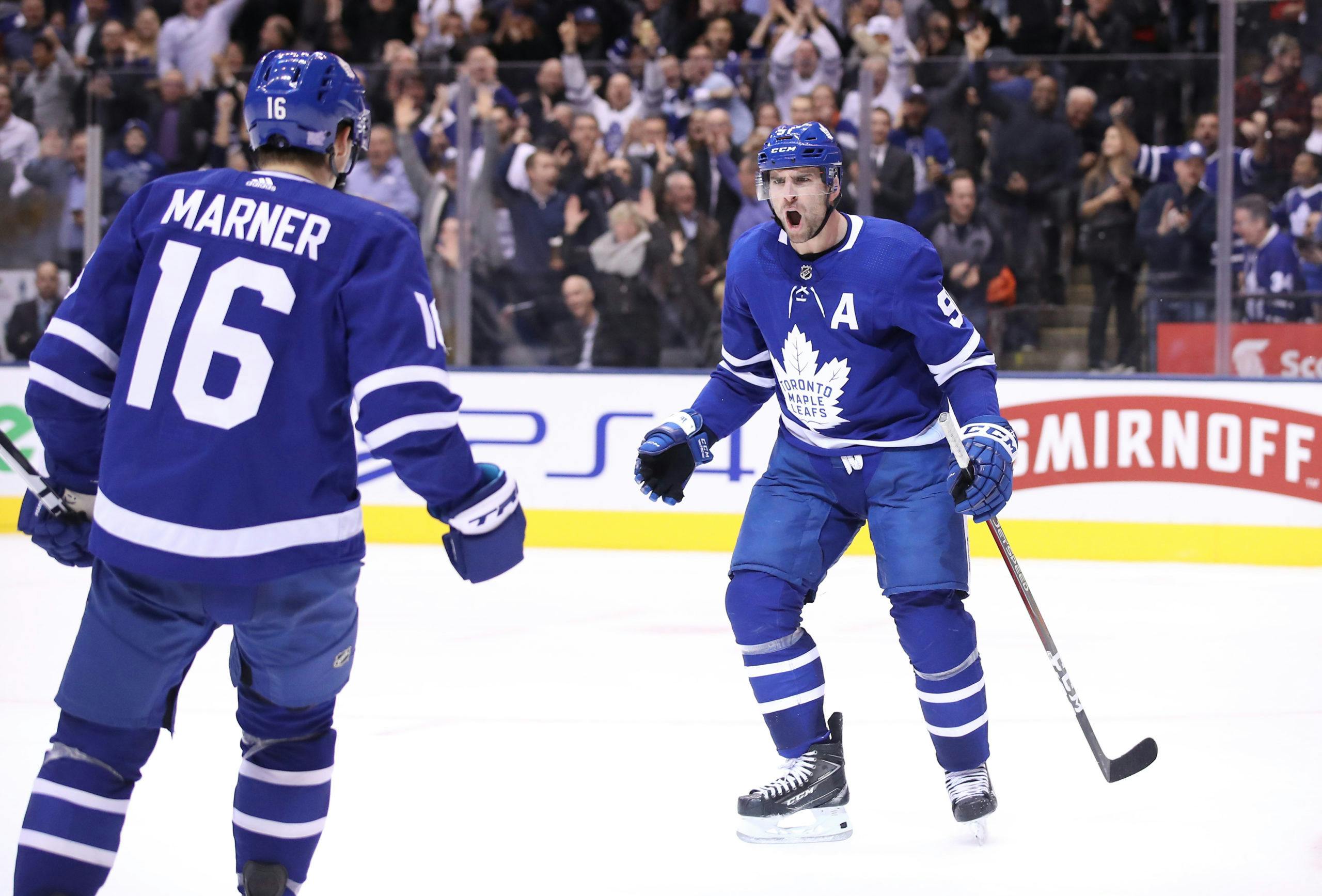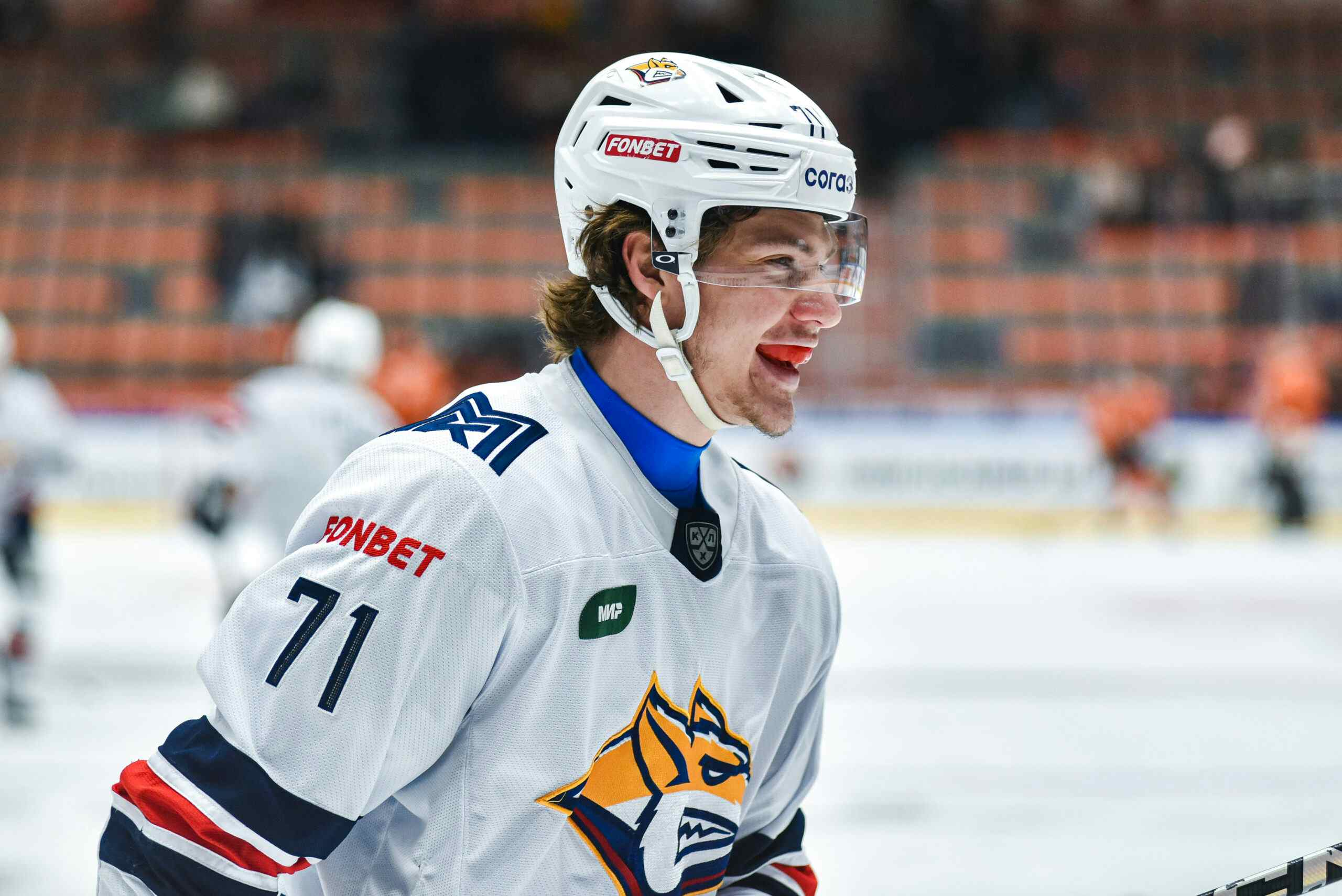What to expect from John Tavares this summer

By Mark Norman
3 years agoJohn Tavares came to the Toronto Maple Leafs on July 1, 2018 fully knowing the weight of the franchise was going to be placed on his shoulders the moment he signed a 7-year, $77 million contract to come home. Giddiness was in abundance in Leafs Land as the team had added, for nothing more than cap space, a key complement to their young and talented forward trio of Auston Matthews, Mitch Marner and William Nylander.
It would have been understandable for Tavares to not live up to the hype and hyperbole, but instead he proceeded to completely shatter all expectations in his first year with the club, posting career highs in goals (47) and points (88) as the Leafs finished tied for seventh in the end of season standings with the league’s fourth-ranked offence and eight-ranked powerplay.
The club made him captain on opening night of the 2019-20, and from there things got a little rocky (by Tavares’ standards).
By the numbers
Since joining the Leafs, Tavares has undeniably been a top-15 centre over that timeframe. His 0.50 goals-per-game places him 6th among centres (tied with Nathan MacKinnon) and his 1.02 points-per-game places him 14th, ahead of players like Sebastian Aho, Elias Pettersson, Sean Couturier, Claude Giroux and Nicklas Backstrom.
However, these stats are a bit buoyed by an otherworldly, but unsustainable, 2018-19 campaign. We saw Tavares come down to Earth in 2019-20, but still put up exemplary numbers.
Here’s a comparison of Tavares’ two seasons as a Leaf in some key metrics:

One key thing I want to draw your attention to in the table above:
Compare the Goals Share (GF%) and Expected Goals Share (xGF%) rates at even strength (EV) within each season. In 2018-19, Tavares’ line was expected to account for 53.8% of the goals scored based on shot quality for and against, but his line outperformed that expectation by 4.7%. Now look at the 2019-20 details: the variance between expected and actual goals share is -4.9%! So, did Tavares’ line just suddenly become bad at hockey? Well, the line’s share of shot attempts (Corsi Share – CF%) was almost unchanged season-over-season: 53.4% in 2018-19 and 53.9% in 2019-20. With Corsi considered to be a loose proxy for puck possession, the Tavares line had the puck even more in 2019-20, so what gives? Part of the answer may be in looking at the Average Shot Distance details at the bottom of the table: Tavares was shooting the puck, on average, almost eight feet further away from the net than in the previous year. This speaks to the Tavares line playing a little higher in the offensive zone at even strength and generating shots further away from the net in 2019-20, which would have an impact on both Tavares’ individual and team shooting percentage.
What we’ve seen so far
As mentioned, the 2019-20 season was a little more up and down for Tavares, who entered the season having his summer training impacted by an oblique injury suffered at the World Hockey Championships in May. Tavares started the season well with seven points (three goals, four assists) in his first eight games but took a Morgan Rielly point shot off his hand late in game eight against Washington and missed two weeks with a broken finger. Upon his return in early November, Tavares’ shot was visibly impaired and it took a while for it to get back to its usual quality.
Tavares was also being deployed differently on the Leafs’ new-look powerplay, run by Paul McFarland. He ruled the front and side of the net in 2018-19 but was shifted to the bumper (slot) position in 2019-20, occupying the space vacated by the traded Nazem Kadri. This move impacted the average distance from where he was taking his shots on the powerplay to the tune of originating almost three feet further away from the net than in the previous season, resulting in a down year for his powerplay goal production. He did, however, see a bump in powerplay assists, going from 2.28 assists-per-60 minutes in 2018-19 to 4.13 this season. Between this change in powerplay deployment, the injury to his hand, and a regression of his shooting luck partially due to shooting distance, Tavares was on pace for 34 goals and 78 points in 2019-20 which would have been his lowest totals since 2016-17. Of course, this comes with the caveat of there being 12 games left in the season that were never played, so who knows if he would have gotten back to his point-per-game ways.
Tavares did, however, have his high points this season. He lead the Leafs with three overtime goals which placed him tied for second in the league:
November 7th vs. Vegas
November 30th vs. Buffalo
February 7th vs. Anaheim
How will he do against Columbus?
The good news about the Columbus Blue Jackets is that they were a bottom-five offensive team in the NHL this season, which means Tavares, as a centre, does not have to toss and turn at night about his defensive accountabilities in this series. That’s not to say that he can take his foot off the pedal defensively, but things would be different if he was lining up against Patrice Bergeron, Steven Stamkos, Sidney Crosby or Evgeni Malkin every night. There’s more margin for error against Pierre-Luc Dubois or Alexander Wennberg.
The bad news about the Columbus Blue Jackets is that they are an excellent defensive team who are disciplined: they took the least number of penalties in the NHL this season. Tavares is going to have to fight through their defensive structure to get closer to the net, which is where he has found most of his goal-scoring success during his NHL career. He is also going to need to help the Leafs take advantage of what may be a scarcity of powerplay opportunities.
What is promising is that Tavares’ production at the regular season level does not materially suffer in the playoffs. Below is a chart comparing regular season and postseason points-per-game for all Leafs players who have played at least 10 playoff games in their careers:

The stats show that Tavares’ points-per-game dips by just 0.07 in the playoffs, which is in line with what typically happens in the postseason when space becomes more limited and teams clam up defensively.
Also, not that this is very transferable season-over-season, but just a fun tidbit of trivia: among the 16 teams that he has played at least 20 games against in his career, Tavares’s third-highest points-per-game is against Columbus.
Playoff expectations
The expectation for John Tavares this offseason is simply for him to be John Tavares: produce offensively while tilting the ice in his team’s favour in terms of shot attempts and goals share. The more Tavares and his teammates can lean on an offensively-challenged team like Columbus, the harder it will be for the Blue Jackets to dig out of that hole on the scoresheet.
On the flip side, trailing too often against Columbus is a great way to invite trouble. The Leafs, including Tavares, need to be ready from the starting whistle and not play too much catch-up this series, which is something they did way too much of during the regular season, finishing fourth-last with just 44.3% of their games as the team to score first. As Captain, Tavares needs to set the expectation and the example. The early team likely gets the round one spot.
Recent articles from Mark Norman





